
-
 86-21-63895588
86-21-63895588
-
 No.1, Lane 600, Nanchezhan Road, Huangpu District, Shanghai 200011
No.1, Lane 600, Nanchezhan Road, Huangpu District, Shanghai 200011
Release time:2018-12-11
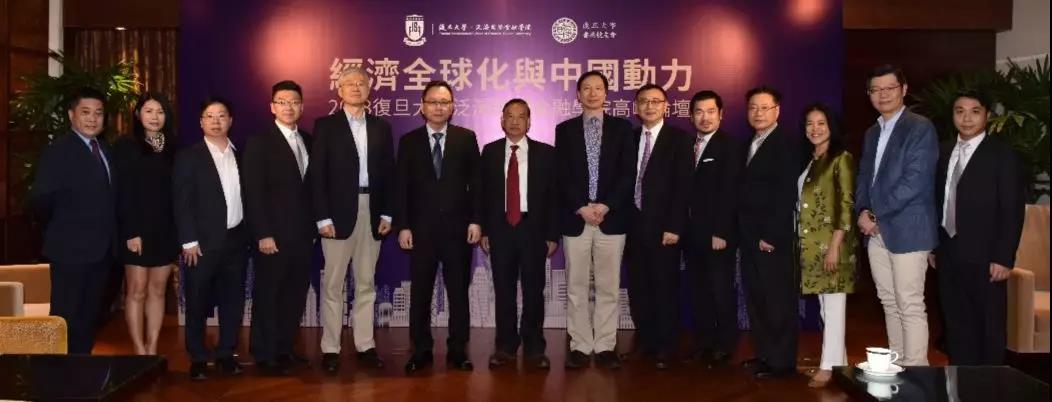
On December 1, 2018, Fudan Fanhai International School of Finance Summit themed “Economic Globalization and China Drive” was held in Hong Kong, China. The forum was co-hosted by FISF and Fudan University Alumni Association of Hong Kong, co-organized by the Union Bank of Switzerland (UBS) and Hong Kong Sage United, and jointly undertaken by Finance EMBA project team and EE project team.
Professor Zhang Chunxin, Deputy Dean of Academics of Fanhai International School of Finance, Fudan University (FISF), presided over the forum. He got straight to the theme stating the idea of “sharing China’s opportunity and promoting interactive development of the world to inject maximum momentum into building an open world economy. Senior financial managers from Goldman Sachs, UBS and Bain Capital attended the forum. Xu Zhixin, President of Fudan University Alumni Association, Hong Kong, delivered the welcome speech.
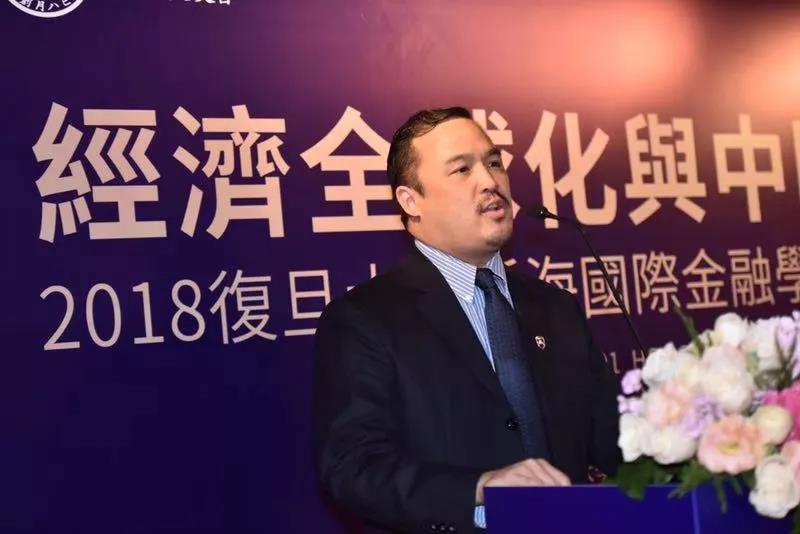
▲ Professor Zhang Chunxin, Deputy Dean of Academics of FISF
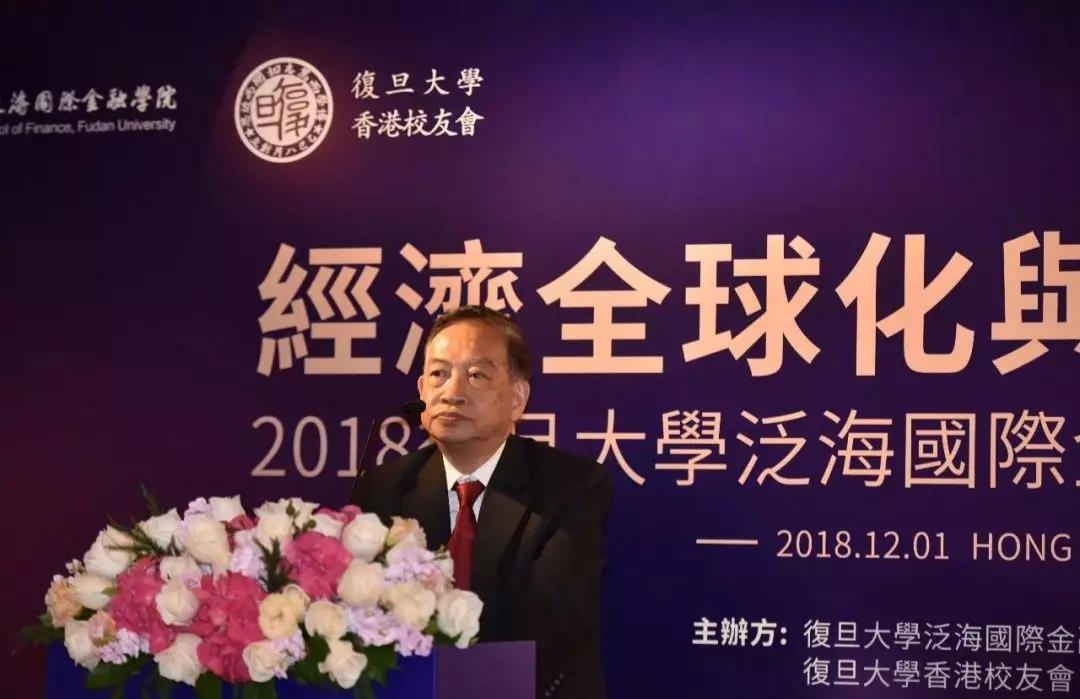
▲Xu Zhixin, President of Fudan University Alumni Association, Hong Kong
It is unavoidable to bring up Sino-US trade friction when talking out economic globalization and China drive. At the forum, Prof. Wei Shangjin, Visiting Professor of FISF, and Dr. Ha Jiming, Senior Researcher of China Finance 40 Forum(C40), delivered keynote speech in order. They analyzed the current situation and causes of Sino-US trade deficit, diagnosed the dull pain of Chinese economy in the medium and long term, and gave proposals on improving Sino-US trade.
1
Professor Wei Shangjin: The argument that Sino-US trade is far too asymmetry is worth a second thought.
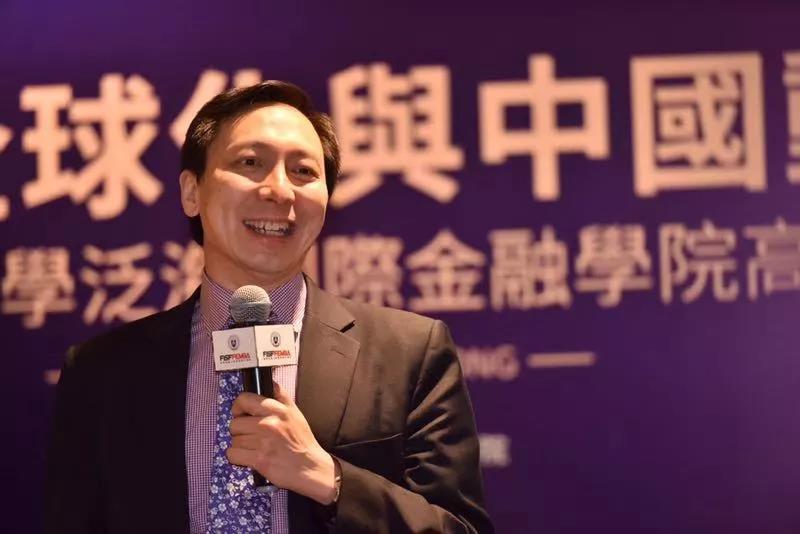
▲ Professor Wei Shangjin, Visiting Professor of FISF
Prof. Wei Shangjin gave a speech entitled “The Fiscal and Financial Stories during Sino-US Trade Conflicts”. He emphasized three aspects. First, since the US stressed the asymmetry of Sino-US trade relation, how should we define the asymmetry? Secondly, what are the structural factors contributing to the midterm deterioration of Sino-US relation? Thirdly, to which level can Sino-US trade relation be improved?
Responding to the first question, Prof. Wei Shangjin used three concepts.
“Above all, trade deficit does not only include gross export, but also the added value of the export goods”. Prof. Wei Shangjin pointed out that the Chinese enterprises are usually at the lower end of the industry chain, with low added value while the American enterprises are at higher end with high added value. If this is taken into account, the Sino-US trade deficit will shrink a lot.
Moreover, trade deficit does not only include export of goods, but also export of services. Prof. Wei Shangjin suggested that America’s export surplus of services over China should be around 40 billion dollars, which will also reduce the so-called asymmetry.
Finally, “There is difference between imbalanced commercial interests and imbalanced trade. “Prof. Wei Shangjin maintained that if the direct sales volume of American enterprises in Chinese market were calculated into the export and vice versa, the deficit would be even smaller.
Speaking of the structural factors contributing to the midterm deterioration of Sino-US relation, Prof. Wei Shangjin gave out two points. On one hand, the American tax reform enlarges its trade deficit. On the other hand, China’s large volume of saving which occupies a huge proportion of GDP will slow down the growing trend of China’s trade surplus.
As for potential improvement of Sino-US economic and trade relation, Prof. Wei Shangjin believed that factors like tariff, intellectual property and WTO rules are breakthrough points of negotiation.
2
Dr. Ha Jiming: China should encourage its corporate to invest in America’s rust belt area.
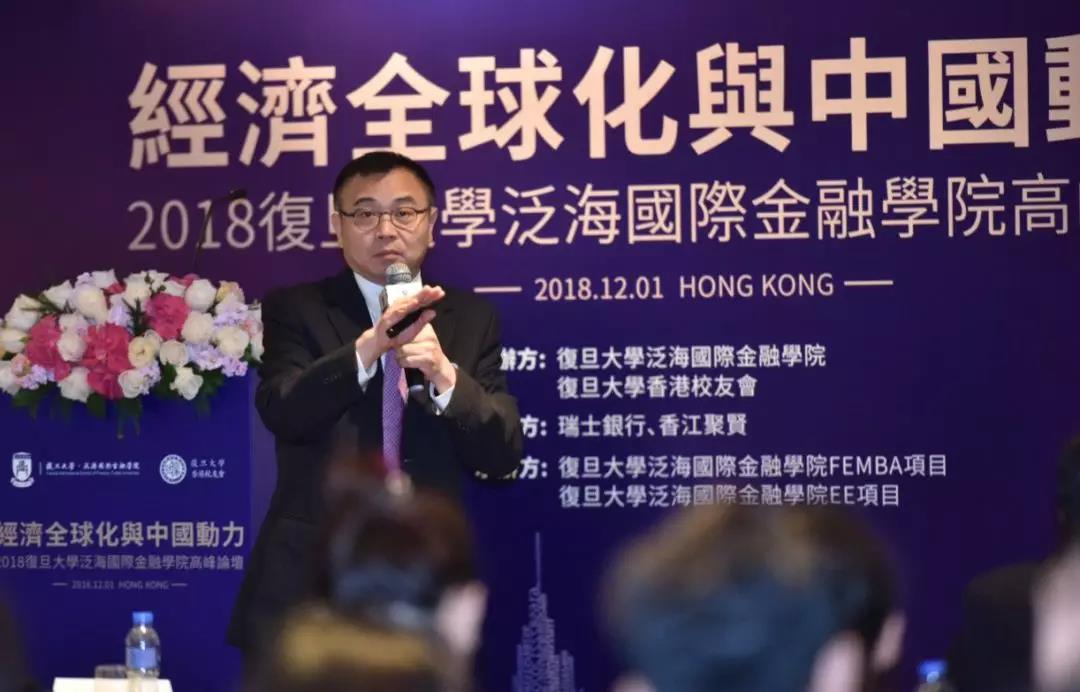
▲ Dr. Ha Jiming, Senior Researcher of C40
As a founding member of C40, Dr. Ha analyzed the long-term challenges and opportunities of Chinese economy as his speech title “The Challenges and Opportunities under Sino-US Trade Conflict” suggested. He pointed out that under the shadow of Sino-US trade friction, China should resolve four major structural problems, which are excessive investment, overcapacity, high debt ratio and real estate risks.
On the issue of Sino-US trade, Dr. Ha Jiming highlighted the causes of the imbalance. First is perspective. Although China achieved large surplus in Sino-US trade and Sino-Europe trade from the perspective of bilateral trade, China has larger trade deficit with other countries. So, from the perspective of multilateral trade, China’s trade surplus is still negative in the first half of this year in total. Second is the US dollar. Before 1971, while US dollar and gold were pegged, America did not have much trade deficit. But after 1970s when US dollar delinked with gold, the trade deficit kept growing. Third is the saving ratio. Countries with higher saving ratio generally have trade surplus while those with lower saving ratio have trade deficit.
If the friction continues, who will be the beneficiary?
Dr. Ha Jiming made a review on the eight categories of products that accounted for the highest proportion of Chinese exports to the US. He found strong substitutes in goods from Mexico, Vietnam and Canada. Besides, India is valued by American capital as a quite important destination for overseas foreign investment.
Dr. Ha Jiming held that in the short term, china’s strong industrial chain can be replaced by no other countries. However, with time goes by, uncertainty increases.
Finally, Dr. Ha Jiming gave proposal on alleviating Sino-US trade friction. He suggested China do great things with little money. The Chinese companies should be encouraged to invest in America’s rust belt area, to built large-scale processing enterprises of food, dairy products and fruit there, and to run the company with local workers and local ingredients. All final products can be transported back home. This will not only solve the local employment problem, but also reduce America’s trade deficit, as well as meet the growing consumption needs of Chinese people, killing three birds with one stone!